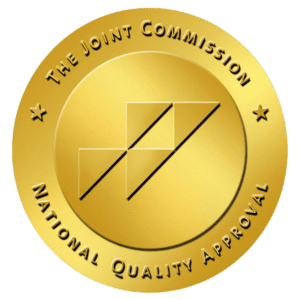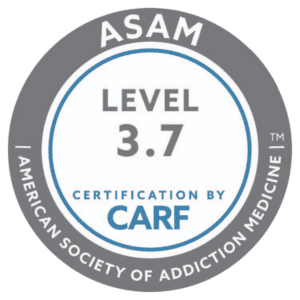Eating disorders don’t always look like refusing to eat and being obsessed with body weight. Some eating disorders may manifest in overeating or consuming non-food items.
However they manifest, an eating disorder should be taken seriously. Taking the step to seek treatment is important to recover from these kinds of mental illnesses. Choosing the right treatment center is also essential to recovery.
You have to take your needs into consideration, so you get the best care during your recovery. If you’re looking for an eating disorder treatment program, here are seven tips to help you find the right facility, so keep reading to learn more.
1. Research Treatment Models
Before you begin looking at treatment options, you should do research on different treatment models. From hospitals to luxury rehab centers, every facility uses the same base models to treat its patients.
In-patient, out-patient, individual therapy, and group therapy are the four base treatment models.
In-Patient Programs
For individuals recovering from eating disorders, an in-patient program is often considered the most effective treatment plan. Inpatient treatment will typically occur in a hospital or treatment center.
These programs will provide patients with 24-hour care and can last a few days or a few months.
Out-Patient Programs
Similar to an in-patient program, outpatient programs also take place in a hospital or treatment center. The difference lies in where the patient resides. In an out-patient program, the patient will live at home rather than at the center.
An out-patient program is best for patients that are medically and mentally stable. Many rehabilitation facilities may utilize and combine multiple treatment methods.
Individual Therapy
When many people think of therapy, they probably think of sitting down and talking with a psychologist. Individual therapy is a common and effective method.
The psychologist or counselor can work directly with the patient through issues that directly affect the patient.
Group Therapy
After a patient does well in individual therapy, their therapist may suggest therapy in a group setting. In group therapy, a psychologist guides and facilitates the discussion among a small group of patients.
These patients can help each other through their own experiences with an eating disorder and aid with recovery. Both individual and group therapy are common in in-patient and out-patient programs.
2. Understand the Levels of Care
Along with the treatment method, you should understand the level of care a facility will provide. The level of care is related to the severity of the eating disorder and dictates the best recovery treatment plan.
The official level of care guidelines requires having an “operational definition” of what the treatment entails. This lays out the treatment goals and methods for each patient.
You can ask a facility how they approach treatment, their patient goals, and how the facility dictates when it’s time to discharge.
3. Compare at Least Three Rehabilitation Centers
To find the best eating disorder treatment program, you should compare your option. You don’t want to commit yourself to the first center and realize that their method does not work for you.
Instead, research at least three rehabilitation centers and compare them on the most important criteria to you. You will probably speak with someone who works in admissions, and that is who you can ask questions.
You can have your questions answered and your concerns addressed before you commit to attending a program.
4. Tour the Facilities
If the treatment facility is local, it’s recommended that you visit the facility. The website and a phone conversation can only convey so much about the treatment center.
On the tour, you will be able to see the staff, the living quarters, and the common areas. You may even get the chance to speak with a therapist or doctor about the treatment they provide their patients.
You don’t have an obligation to choose the facility you tour, so be honest with yourself about how you like the facilities.
5. Ask About the Accreditations
Before choosing a facility, you will also want to know about the accreditations they have. Accreditation means that the facility meets the state requirements for licenses.
However, some states do not require accreditation to operate. While it may not be necessary, accredited facilities tend to offer the best treatment.
Before choosing a facility, it’s good to do research on the accreditation the center has what those accreditations mean.
6. Research the Staff
The most important part of finding a treatment center is making sure it meets your needs. That is why it’s imperative to ask questions to get the answers that will make you are comfortable with the facility.
Here are some questions you may want to ask the facility:
- What is the patient’s daily routine?
- What kind of food does the facility serve?
- How does the facility approach exercising?
- How does the facility include the patient’s family?
- How does the facility incorporate religious or spiritual philosophies?
Be sure to ask as many questions as necessary to make you feel comfortable committing to the facility.
Finding the Right Eating Disorder Treatment Program
In the midst of an eating disorder, you may feel like there’s no way out of the mental illness. But there is hope to recover from an eating disorder with the right treatment plan.
No two treatments are alike. Some treatments work well for one person and may not work well for another. That’s why finding the right eating disorder treatment program is essential to your recovery.
Use these seven tips to know what to look for when searching for an eating disorder rehabilitation center. The first steps to healing can be difficult to take.
Find out how the experts at Malibu Detox and Residential Treatment Center can help you make the move towards recovery.





